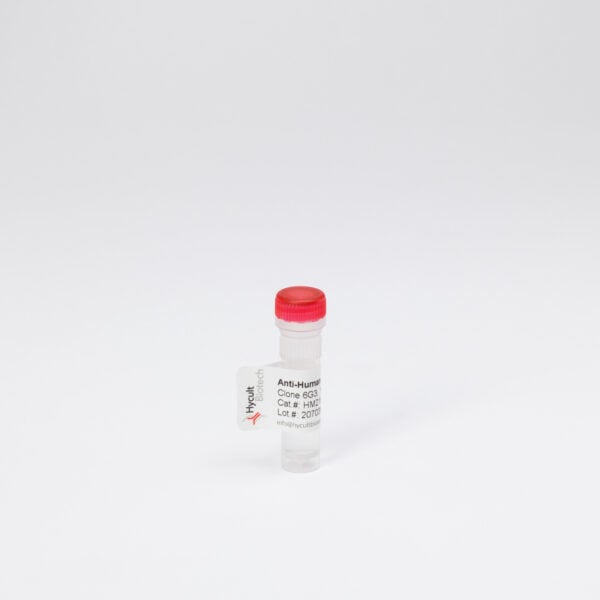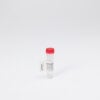uPAR (D1 domain), Human, mAb IIIB6
€133.00 – €414.00
Monoclonal antibody IIIB6 recognizes the urokinase-type plasminogen activator receptor (uPAR or CD87), a GPI anchored highly glycosylated, single-chain polypeptide. CD87, a 45- to 60-kD protein, consists of three structurally homologous domains of approximately 90 amino acids, designated D1, D2, and D3, each containing a conserved arrangement of disulfide bonds and separated by short interdomain linker sequences. CD87 is expressed by monocytes/macrophages, neutrophils, endothelial, smooth muscle cells and epithelial cells. CD87 is overexpressed upon exposure to inflammatory mediators. The protein is also highly expressed by tumor cells and contributes to their invasiveness and metastatic potential. CD87 is a multiligand receptor that operates as a key element in pathophysiological processes involving cell migration and tissue remodelling during inflammation and cancer metastasis. CD87 binds with high affinity the Ser-proteinase urokinase-type plasminogen activator (uPA) which, upon binding catalyzes the conversion of plasminogen into plasmin which activates various matrix metalloproteinase leading to a high potential for pericellular proteolysis. CD87 functions also as an adhesion molecule by binding vitronectin, thus contributing to leukocytic adherence. High-affinity binding of CD87 to both uPA and vitronectin requires the presence of domain 1 (D1). Yet, CD87 participates in cell adherence and migration also through two other routes, a physical association and functional interaction with various integrins and via an intrinsic chemotactic activity associated to the D1-D2 linker sequence. Monoclonal antibody IIIB6 recognizes D1 of the urokinase-type plasminogen activator receptor (CD87). The antibody recognizes amino acid sequences 4-15 of the D1 domain. uPAR exists in various molecular forms; heavily glycosylated, a cleaved form, a soluble form and spliced forms. Monoclonal antibody IIIB6 reacts with all uPAR forms tested (glycosylated and non glycolsylated and full length and truncated versions) in Western and dot blot analyses but did not detect uPAR on intact, nonfixed cells.









